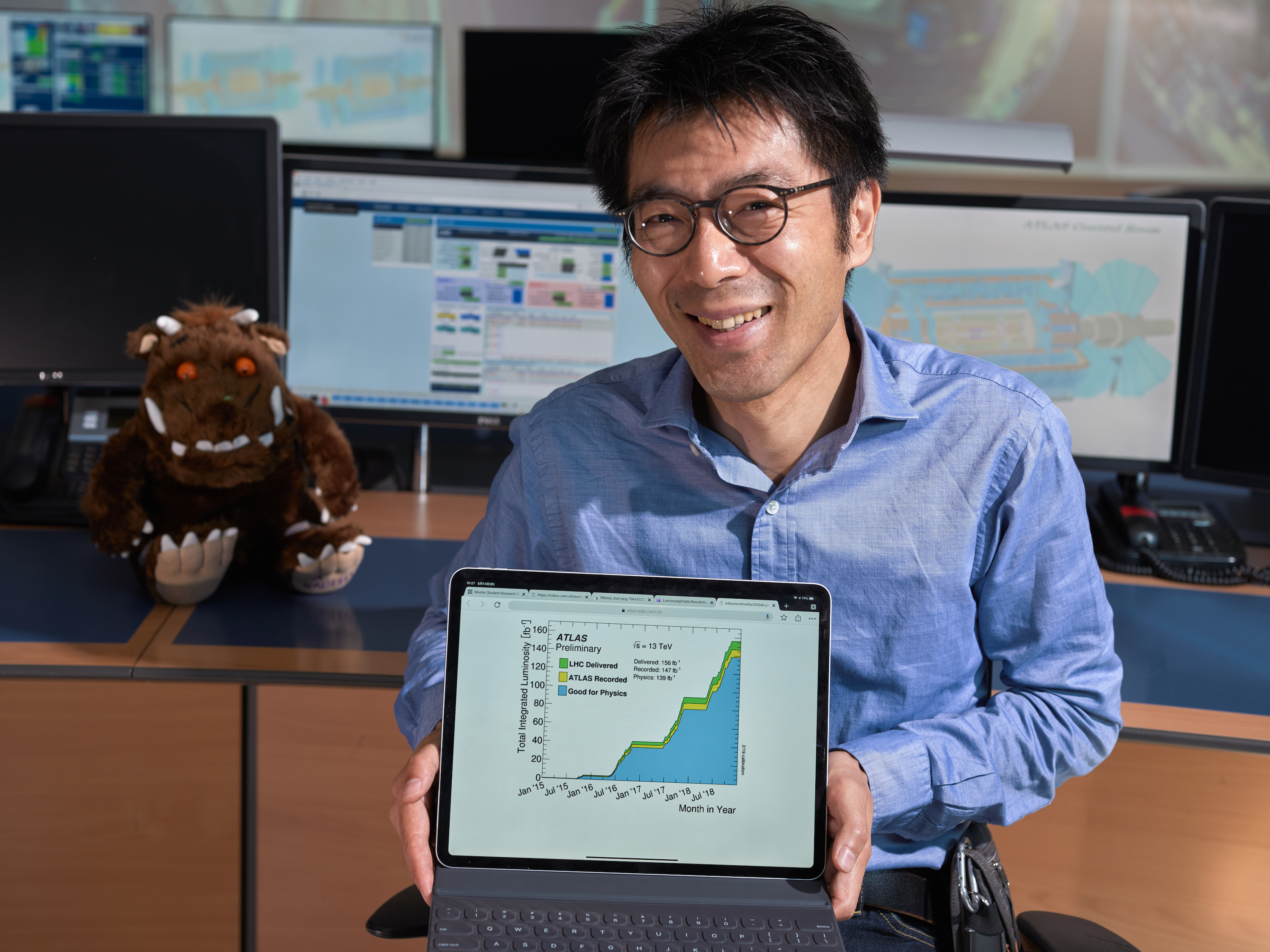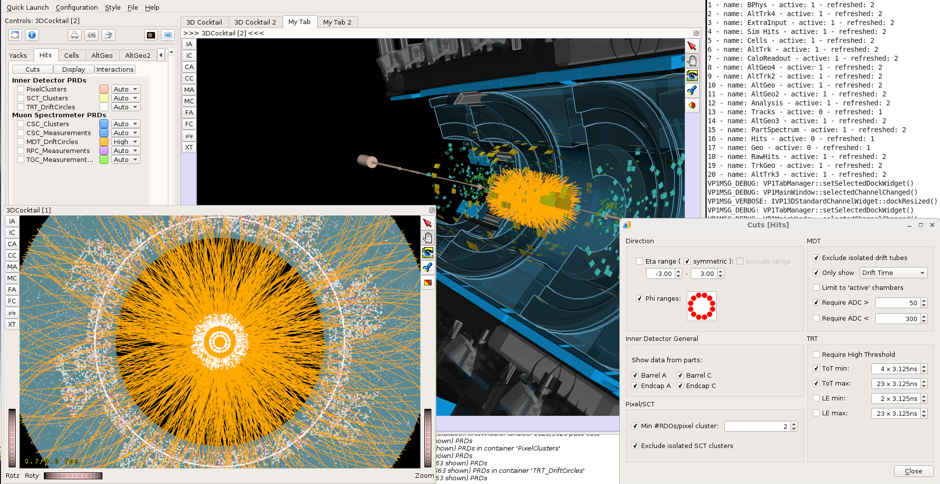ATLAS never sleeps
22 September 2011 | By

Working in an international laboratory like CERN is incredibly exciting, and I’m not just talking about Higgs hunting. People in the outside world are endlessly curious about what happens on the sprawling two-kilometre-long site, and I get asked all kinds of questions, ranging from the funny to the profound.
I’ve been asked how many CERNs are there (?!), and whether everything happens inside the iconic Globe that’s visible from the road that passes the site, as well as from planes flying in and out of Geneva. While those questions are charming, I’m going to address another commonly asked question today. Namely – what our working hours are like, and whether we switch off our experiment before going home at night.
Yes, there are support staff who work regular hours. But for engineers directly involved in accelerator or detector operations, or for physicists making sure ATLAS is getting good uninterrupted data, there’s simply no such thing as regular working hours! The LHC’s 27 km underground tunnel contains super-cooled superconducting magnets. These must be maintained at a temperature of -271 °C, in order to provide the kind of magnetic field strengths needed to bend beams of protons around the ring. It would be totally inefficient to cool the magnets down each day, and indeed it takes weeks to cool them to that temperature in the first place.
The upshot of this is that, once everything is up and running, the proton beams are kept circulating and colliding for as long as possible. We want to record data whenever it’s being generated by collisions, so the ATLAS control room has to be staffed 24/7. Physicists take turns to do eight-hour shifts, keeping a close eye on the detector and its data recording systems. Experts for several different detector systems have to be ‘on-call’ too – at the end of a phone line, day or night – as any problem which compromises data collection or recording means we’re not making use of the collisions, defeating the whole purpose of the run.
Whilst data comes in at a furious pace at one point on the map, physicists all over the world are busy analysing data that’s already been collected. Individual physicists burning midnight oil are all too common, but we have the added benefit that the institutes making up the ATLAS Collaboration span the entire world. While our colleagues in Japan start working in the morning, others in California are calling it a night. Wherever we are, we always wake up to see emails from collaborators in a different time zone, so not only does the data-taking not stop, neither do the analyses and discussions.
The way big collaborations like ATLAS work is changing the way science is done. And no, that globe by the entrance is way too small to contain all these activities.




